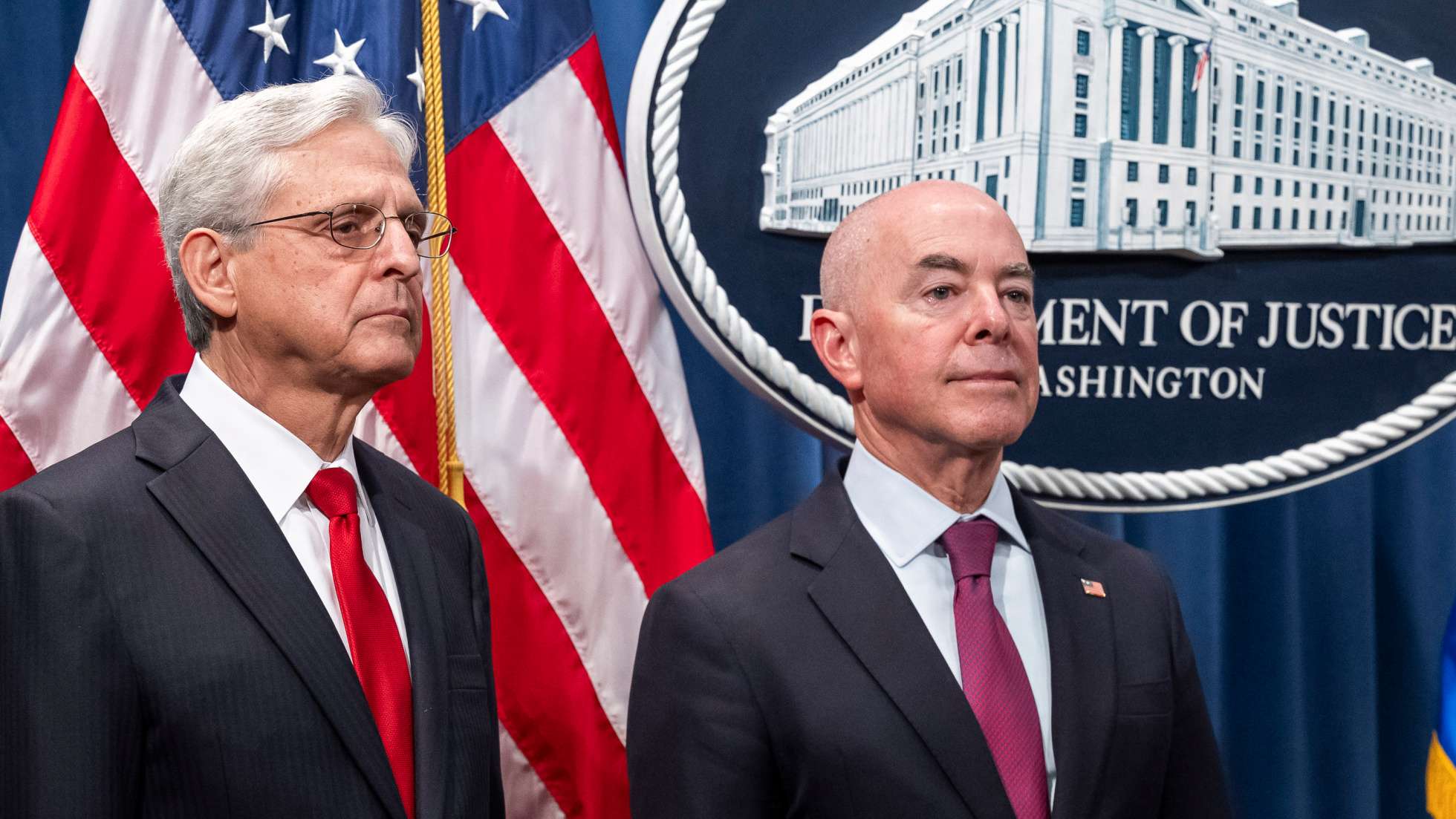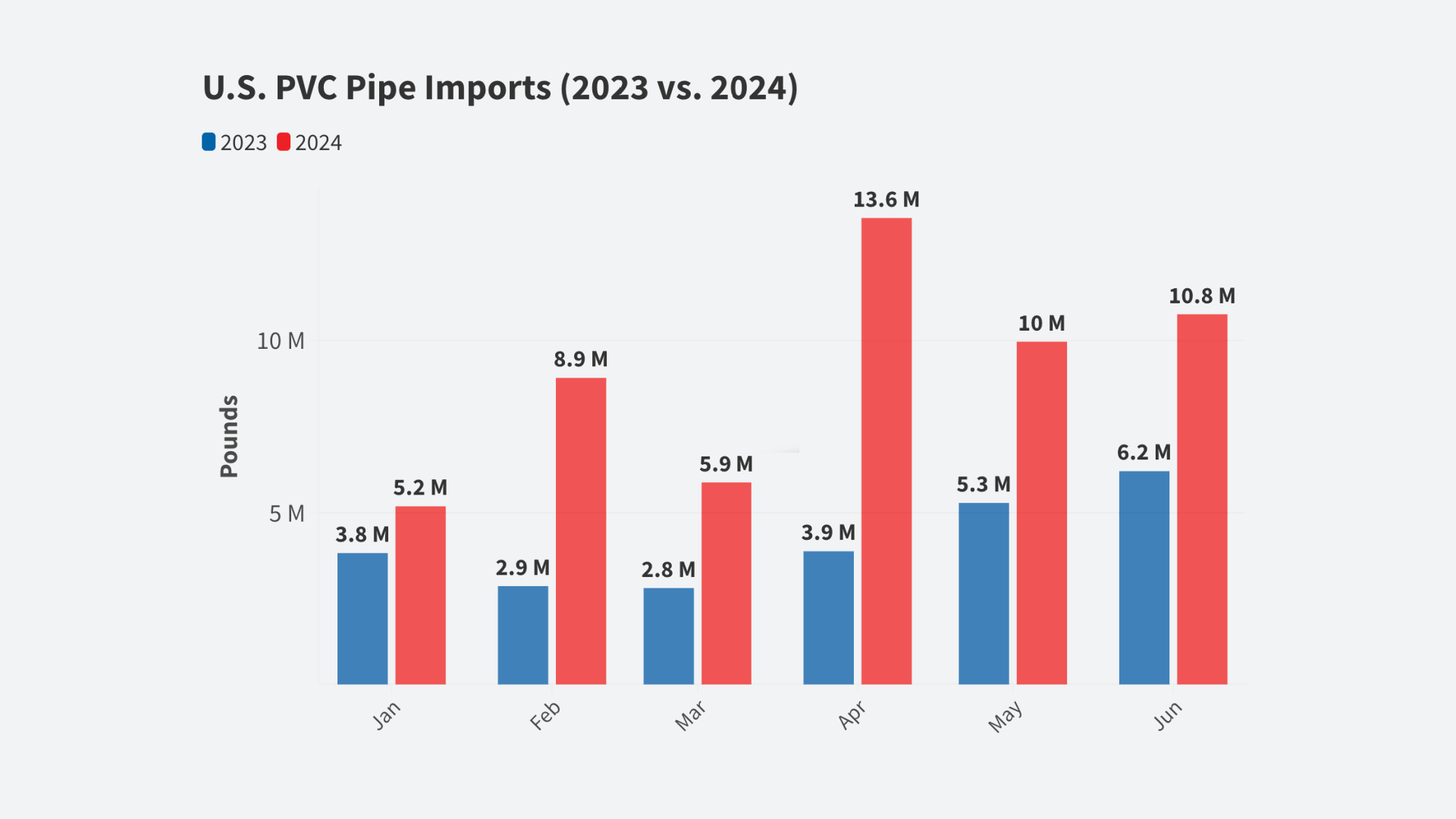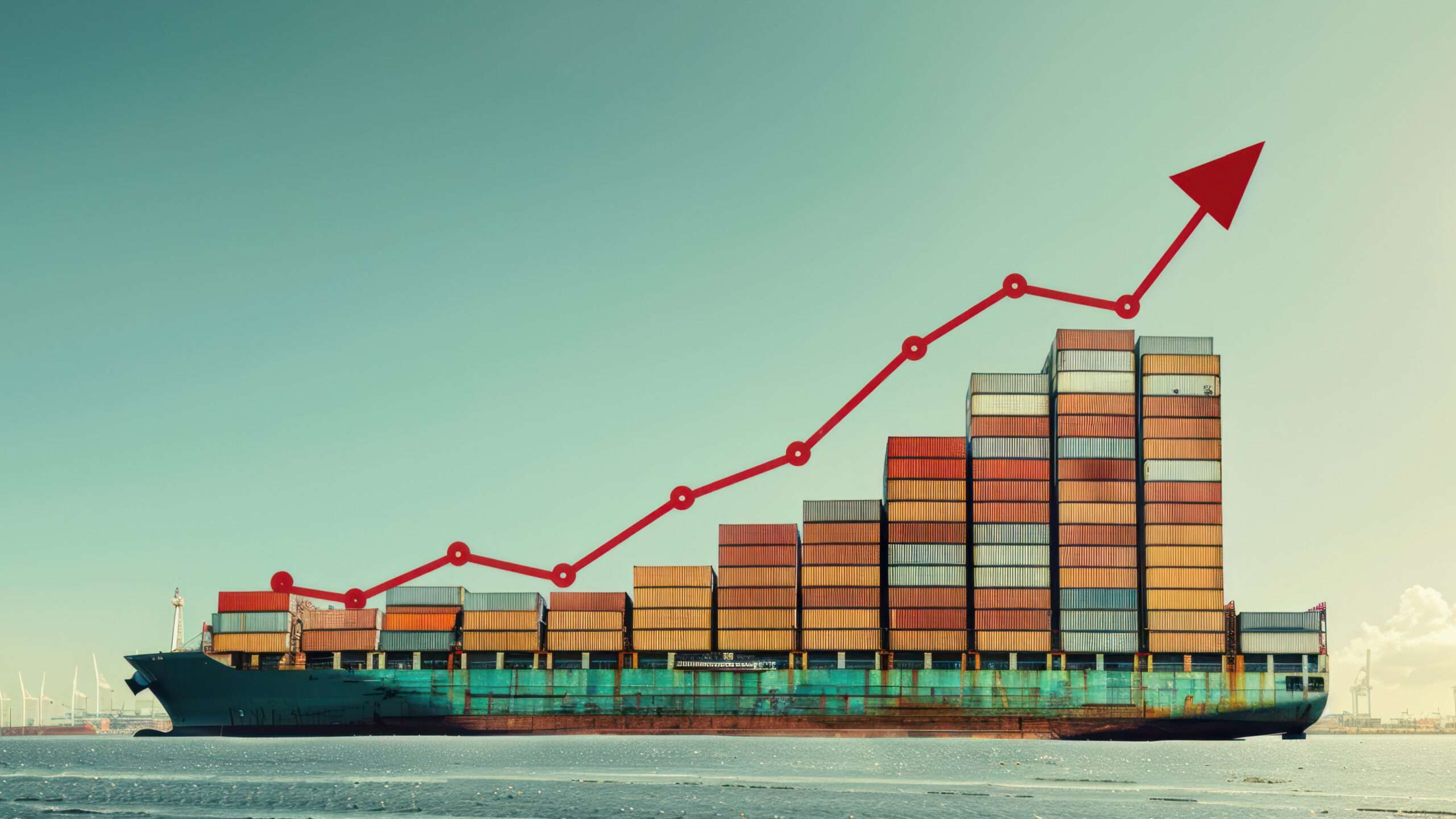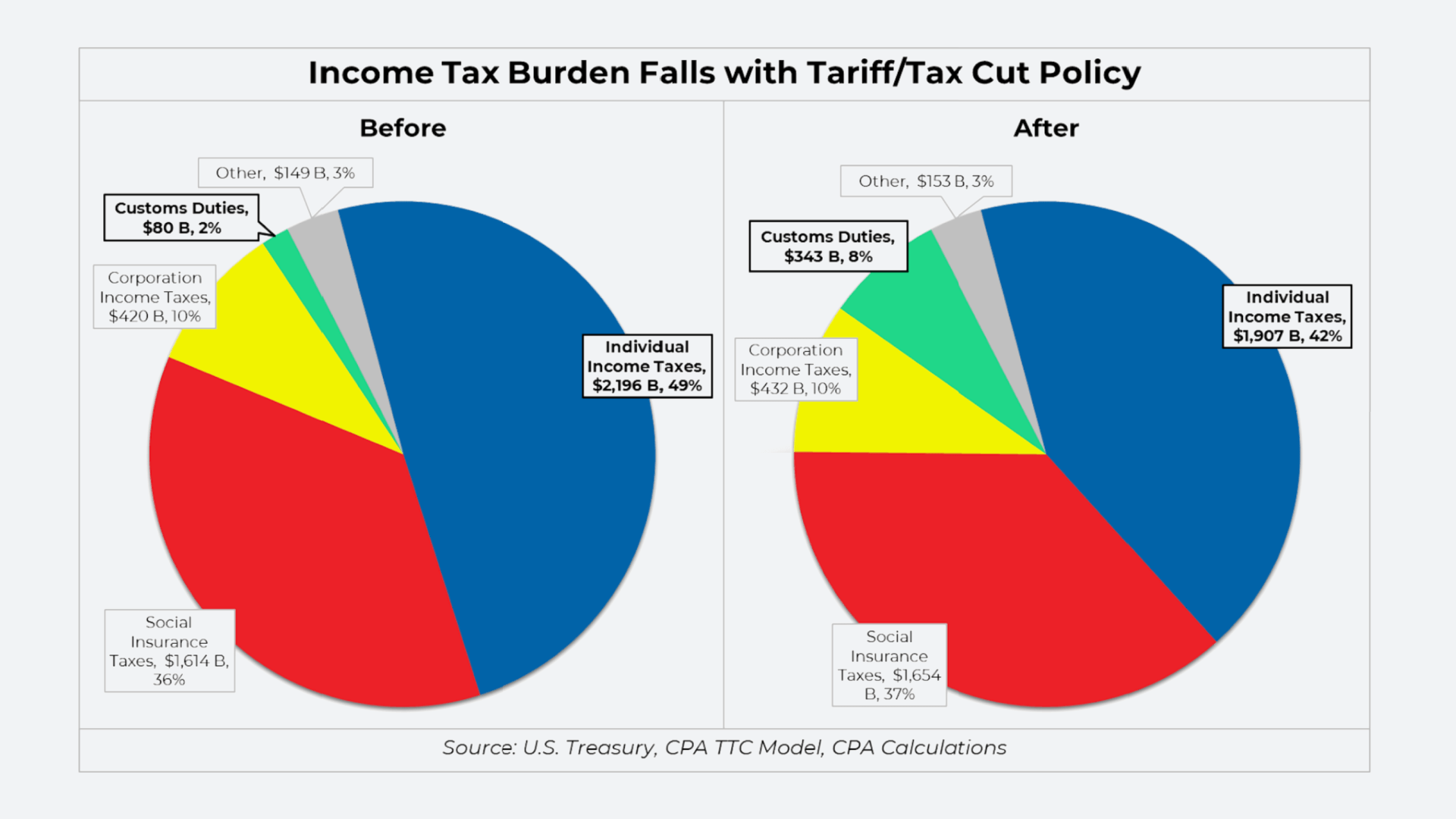
When talking about trade and the Trans-Pacific Partnership (TPP), Republican candidate Donald Trump was correct about China.
[Reposted from the Campaign for America’s Future blog | Dave Johnson | Novmeber 12, 2015]
In the fourth Republican debate that took place in Milwaukee Tuesday, a moderator asked about Trump’s opposition to TPP.
● Moderator: “… the U.S. just concluded an international trade agreement with 11 countries in the Pacific. You’ve said that you’d rather have no deal than sign the one that’s on the table. Most economists — most economists say that trade is boosted growth, and every single post war president has supported the expansion of international trade, including the last three Republican presidents. Why would you reverse more than 50 years of U.S. trade policy?”
● Trump: “The TPP is horrible deal. It is a deal that is going to lead to nothing but trouble. It’s a deal that was designed for China to come in, as they always do, through the back door and totally take advantage of everyone.”
Pundits and other candidates later jumped on Trump, saying that he didn’t appear to understand that China is not part of TPP.
For example, at The Week: “Rand Paul embarrassed Donald Trump over China and the TPP during the GOP debate.” “As soon as [Trump] was finished, Sen. Rand Paul made an important clarification: China is not part of the deal.”
Another example from The Washington Examiner: “Paul reminds Trump: China not party to Obama’s trade deal.”
But Trump was right, for two reasons.
First, what Trump said specifically was about China benefiting “through the back door.” He is referring to problems with “rule of origin” provisions in TPP that would allow China to source products “through the back door” of Vietnam and other countries. It is very difficult to monitor where supplies and materials actually are sourced. On top of that, the auto content rules say that more than half of the parts and manufacture of a car can be non-TPP. The recent post, “Bottom Line: Does the TPP Trade Deal ‘Put American Workers First’?,” explains how this works for auto manufacturing and parts. TPP allows 55 to 65 percent of cars and parts to be made in non-TPP countries before non-TPP tariffs apply.
Basically when we are talking about “non-TPP countries” getting some percent of the business, we are really just talking about China. So says tariffs do not apply if 35 percent to 45 percent of the car and parts are made in TPP countries. This means that 55 percent to 65 percent of the car and parts can be made in China and still be tariff-free. This is much worse than even NAFTA, which, as we know, destroyed American auto and parts manufacturing jobs and entire regions of our country.
Second, TPP is written as a “docking agreement” so any country can join later. For example, , Indonesia is joining TPP. In April Senators Gary Peters (D-Mich.) and Thom Tillis (R-N.C.) sent a letter to U.S. Trade Representative Michael Froman expressing their concern about China being able to join TPP:
“The Chinese government has consistently intervened in currency markets to manipulate the value of their currency against the U.S. dollar,” the senators wrote in the letter. “We have serious concerns about an agreement which would welcome countries with a history of currency manipulation, intellectual property theft, and failure to abide by existing global trade norms without prior Congressional approval and oversight.”
David Dayen at The Intercept agrees, in “Trump Was Right About TPP Benefitting China“:
TPP says that all materials that go into a good, outside of a de minimis 10 percent, must derive from TPP countries. However, there are numerous exceptions and exemptions, along with a confusing set of calculations to determine eligibility. Through these cracks in the agreement, as Trump alluded, China can deliver goods to TPP countries without tariffs.
Dayen uses green tea as an example:
Green tea, 0902.10 on the Harmonized Schedule, can have a “regional value content” — meaning content from TPP countries — of not less than 40 percent. But that doesn’t mean 40 percent of the content; it means 40 percent of the value of the material, which takes into account shipping, processing, and many other variables. While the final calculations must follow basic accounting principles, they will be by definition inexact, so even more than 60 percent of a good, in reality, could come out of a non-TPP member like China.
And, later,
So China would not have to raise any standards or comply with any TPP rules, yet still be able to produce millions of auto parts and textiles for TPP countries at a lower cost, without the burden of tariffs.
It looks like Trump was exactly right on this point.
Trump Also Correct On Currency Manipulation
● Trump: “Well, the currency manipulation they don’t discuss in the agreement, which is a disaster. If you look at the way China and India and almost everybody takes advantage of the United States — China in particular, because they’re so good. It’s the number-one abuser of this country. And if you look at the way they take advantage, it’s through currency manipulation. It’s not even discussed in the almost 6,000-page agreement. It’s not even discussed.
… And as you understand, I mean, you understand very well from the Wall Street Journal, currency manipulation is the single great weapon people have. They don’t even discuss it in this agreement.”
Earlier this week I posted “Japan Proves TPP Won’t Fix a Key Trade Problem: Currency Manipulation,” explaining how TPP only addresses currency manipulation in an unenforceable side agreement that Japan has already said it will ignore. (Click through for details.)
Many in Congress have been concerned about the effect of currency manipulation on our country’s ability to sell things to the world. They demanded that the Trans-Pacific Partnership (TPP) outlaw the practice. The administration promised that the TPP and accompanying side agreements would do that.
Now Japan’s finance minister has said that the TPP will not change Japan’s currency practices.
Trump is correct again. As Trump said in the debate, “The TPP is horrible deal. It is a deal that is going to lead to nothing but trouble.”













